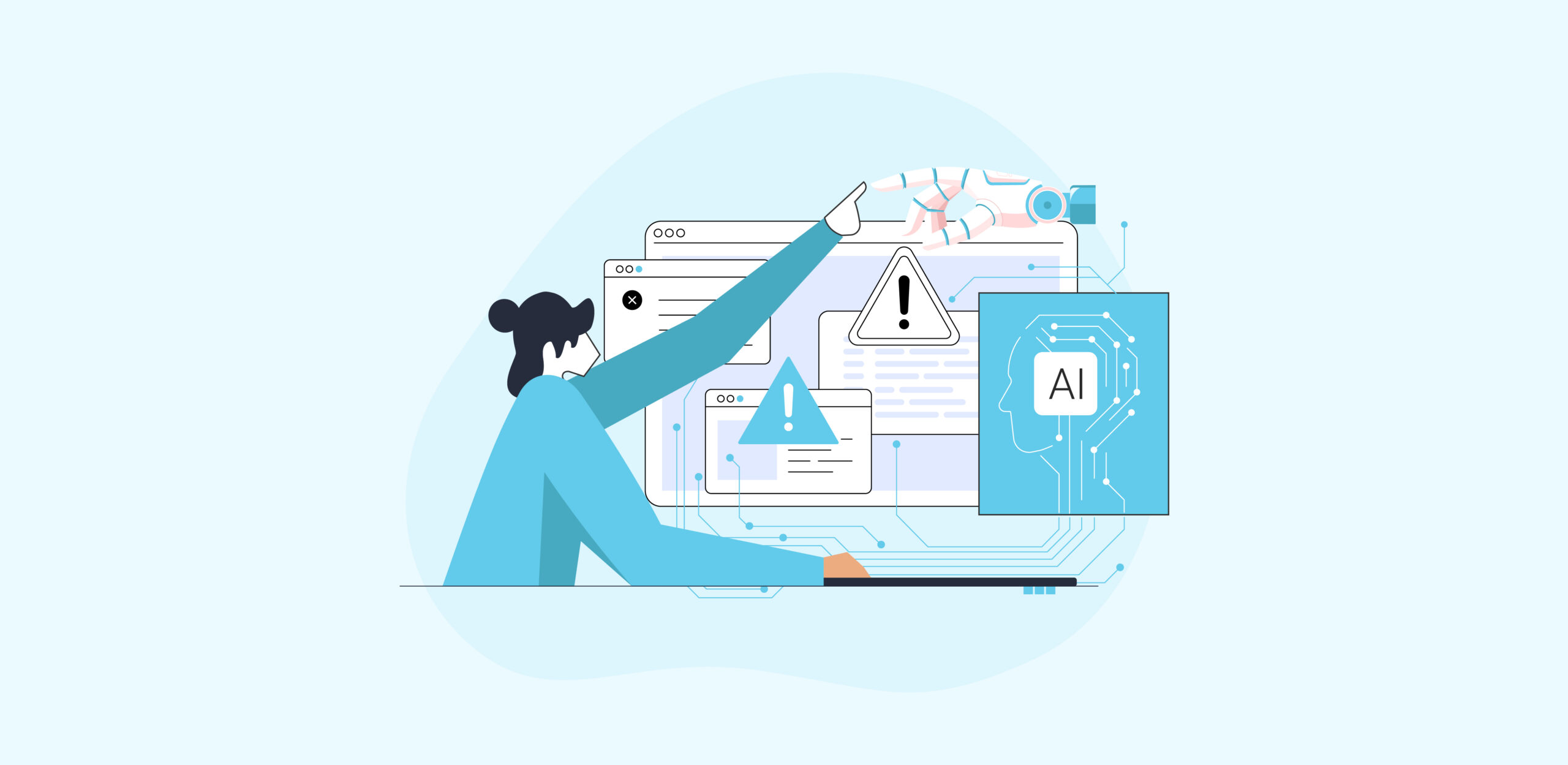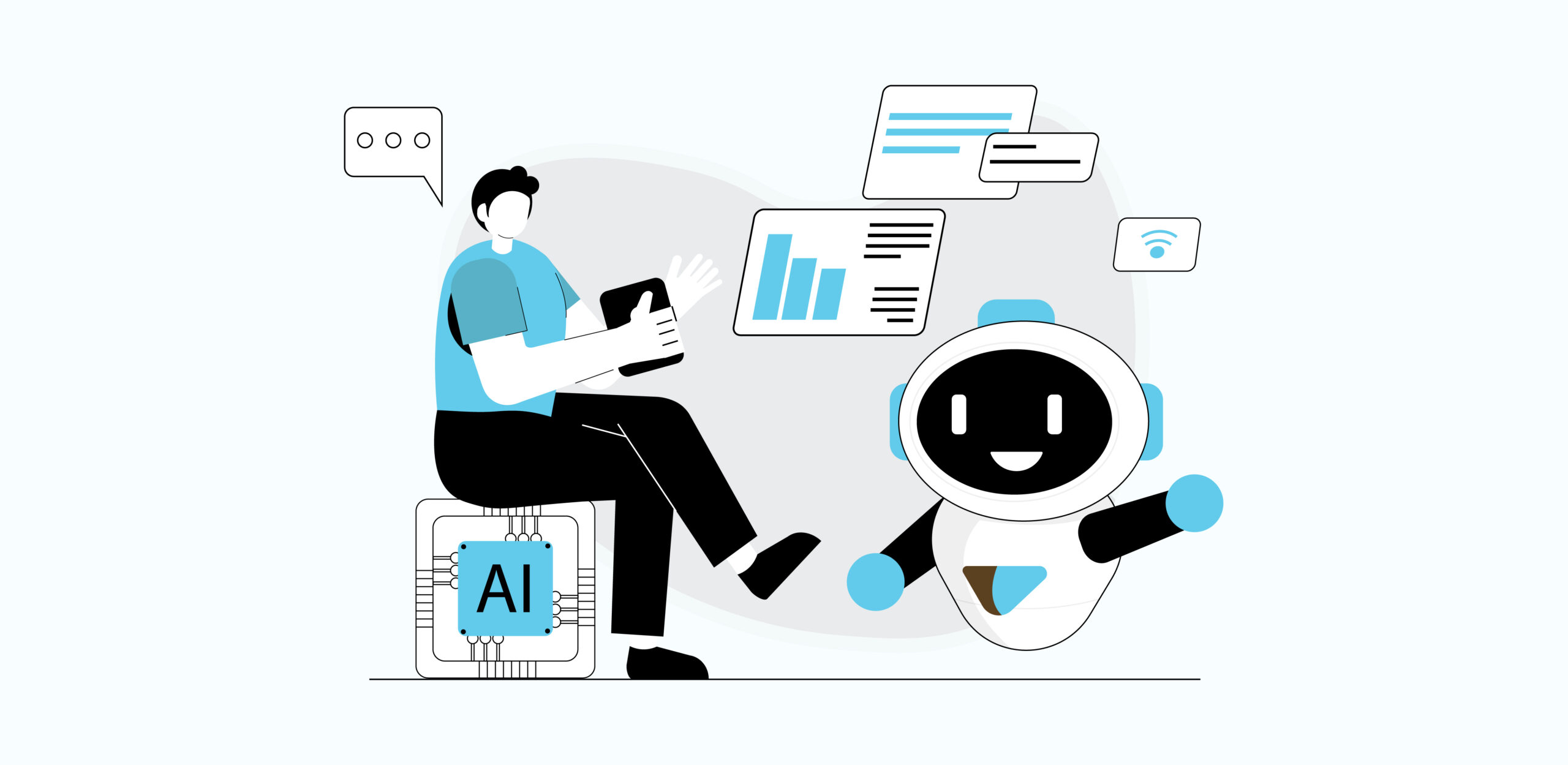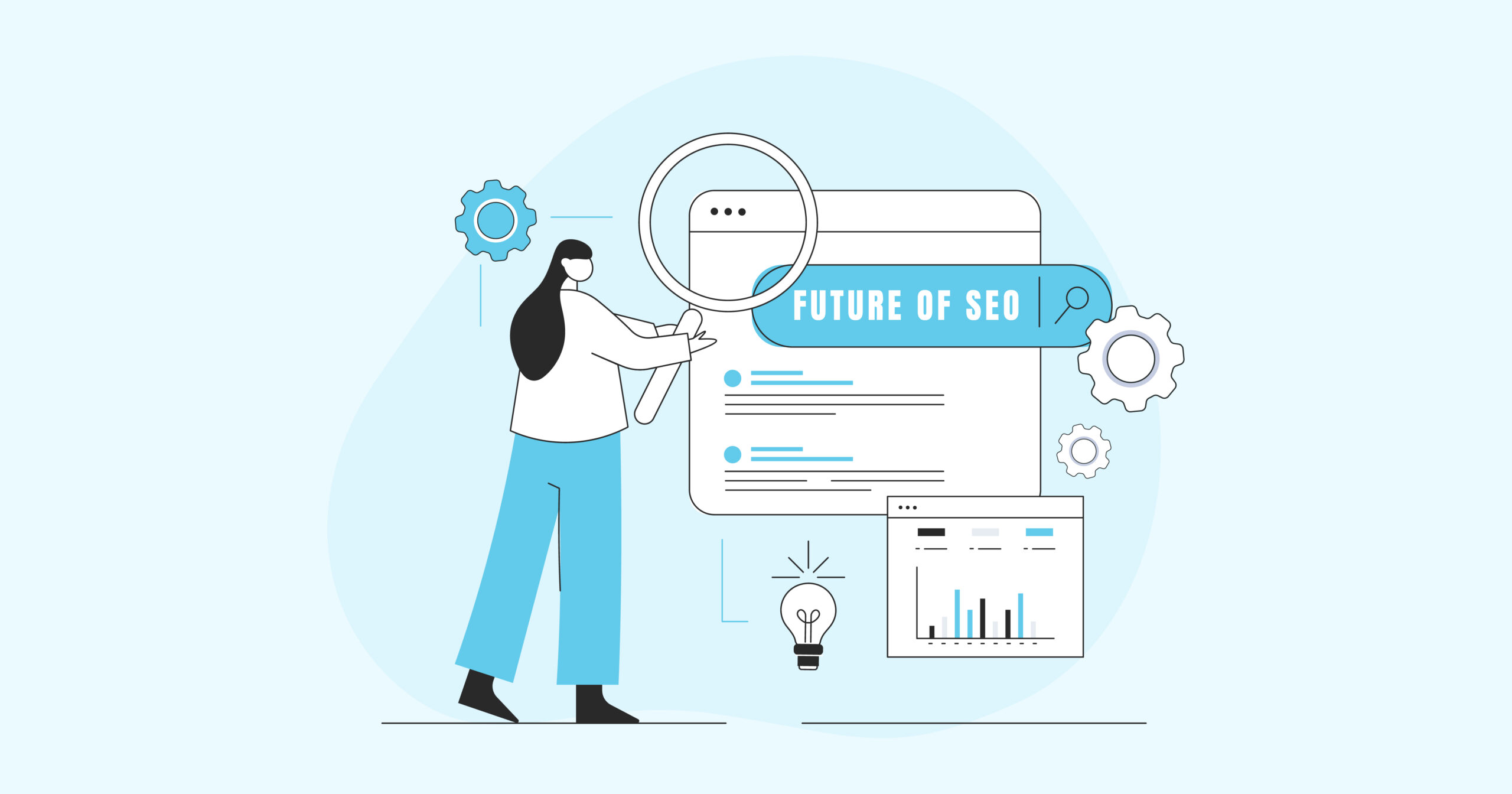Almost all of us are aware of the fact that AI tool suppliers train their models using information from existing resources. But very few have managed to connect the dots and correlate it with AI copyright violations.
In the past few years, many such allegations and legislative claims have come to light, indicating that AI can, in fact, be copyrighted. Companies have started suing LLM manufacturers for copying their work and using it in a way that borders on copyright infringement. Part of this, as we believe, is rooted in the insecurity that AI is essentially providing alternatives for the work these companies have spent years putting together.
But how does the LLM data collection mechanism violate copyright laws in the US and beyond? Let’s discover in this comprehensive guide, unearthing the ongoing cases, their outcomes, and future predictions.
The Foundational Stone: How The AI Copyright Concerns Began
The Thomson Reuters case was a historical, first-of-its-kind proceeding in which a company sued an AI-based legal research platform called Ross Intelligence. The dispute started in May 2022, with the key argument being that Ross Intelligence utilized contents from Westlaw (a legal research tool owned by Thomson Reuters) to train its legal AI tool.
What came out of this?
The proceedings stretched through the years, with the final summary highlighting that the intent behind the copy was to create a competing product, which meant that it could not be considered ‘fair use’. While there are new developments in this case, it’s evident that it was the first stepping stone in a long line of copyright cases against AI.
The Connection: Old vs New AI Era
It’s ironic because at that time, generative AI tools weren’t as prevalent as they are today. But after the introduction of ChatGPT in 2022, the tables turned, and LLMs brought about a significant market shift. The general public and corporate professionals started using AI tools for routine research, writing, and content generation.
So, as modern tools like Claude, Gemini, and ChatGPT got busy training their LLMs on vast datasets from the existing search ecosystem, it was inevitable that these lawsuits were about to spike.
Eventually, Thomson Reuters’ AI copyright infringement wasn’t a lone case anymore. The shift sparked a new wave of growing clashes between publishers and AI companies across the board. In essence, the way these cases pan out will eventually determine how information will be utilized and distributed in the upcoming years.
Shedding Light On A Few Cases Against OpenAI
This list outlines some of the most prominent ongoing litigation concerning AI copyright issues arising from the rapid advancement of generative AI tech in the past few years. Forecasting changes based on these is essential, because part of this will redefine the value chain of AI as well as the standards on which upcoming datasets, infrastructures, and AI tools will be manufactured.
Here are some of the most notorious AI copyright violations cases from the past years.
In re Google Generative AI Copyright Litigation:
Concerning consolidated cases, including Leovy v. Google and Zhang v. Google. In it, all plaintiffs argued that Google violated their copyrights. The argument hinged on the idea that Google was involved in scraping and unfair use of their products in the process of training its AI products like Gemini.
The New York Times Company v. Microsoft Corporation
This case is now part of a consolidated series of twelve different copyright lawsuits in which publishers and authors allege violations against OpenAI and Microsoft. All plaintiffs claim that their work was used without consent to train OpenAI’s LLMs. While there remain distinctions in the type of complaints, the judicial panel decided to consolidate them based on “substantial overlap in factual questions.”
Getty Images v. Stability AI
Stability AI launched Stable Diffusion and DreamStudio interface for prompt image generation in 2022. Soon after, Getty Images came forth alleging that Stability AI breached copyrights by using over 12 million images from Getty’s database. The copyrights extended to images, captions, and their metadata, all of which were allegedly used to train their AI image generation models.
Concord Music Group v. Anthropic
Another mark on the long list of AI copyright violations on creative work came from the music industry. Concord Music — an independent music company developing, managing, and acquiring music records — sued Anthropic for training their AI text generators on copyrighted lyrics from their musical repository. It was the first case reported in the music industry, but it was not so much about copyrights against musical scores and recordings as it was about copyrighted words.
The Case Outcomes — What Came Out of Popular AI Copyright Lawsuits
So far, most AI copyright violations and infringement cases are in active proceedings, but here are the three that provided something solid to rely on. Since they’re the first rulings in AI copyright cases, they’re also kind of a big deal.
What is the Fair Use Argument?
Before we proceed to the outcomes of the biggest AI copyright cases in history, it’s important to first comprehend the full scope of the fair use doctrine.
Fair use in AI copyright laws is a legal principle that’s evolving to shape the outcome of many existing AI copyright cases. It is a legal defense, not a right.
Fair use does not grant a blanket right to use copyrighted content. It allows limited use without permission only if the use meets specific criteria. With that, AI companies have started utilizing this argument to supplement their cases, using claims of fair use against authors and publishers to generate pushback.
For reference, fair use in copyright relies on four main factors. The rulings for most copyright violations in the US hinge on these pillars, determining whether the consumption of any copyrighted material can be deemed fair use.
- the purpose and character of your use
- the nature of the copyrighted work
- the amount and substantiality of the portion used with reference to the entire copyrighted piece
- the effect of the use of copyrighted work on the market.
The Anthropic Case
A number of authors came together in 2024 to allege that Anthropic AI trained its large language model Claude based on millions of digitized copyrighted books belonging to them. The complaints stated:
“Rather than obtaining permission and paying a fair price for the creations it exploits, Anthropic pirated them…”
The Outcome:
The Senior U.S. District Judge William Alsup sided with Anthropic on the fair use principle, saying that their use was legal because it was transformative and didn’t actually replace the original purpose of the work. He wrote in his judgment summary that,
“The training use was a fair use…”
At the same time, he also acknowledged (and partially condemned) that among millions of books, some weren’t paid for by Anthropic. The bifurcated response led to there being a continuity of the trial to account for pirated copies and damages caused by Anthropic’s central library.
The Meta Case
Thirteen authors accused Meta of copyright infringement in the Kadrey et al. v. Meta Platforms, Inc., case. In it, Meta was blamed for unlawful downloading and use of copyrighted books for training their LLMs.
The Outcome:
The ruling was held under Judge Vince Chhabria, who used the four-factor analysis to present the case’s summary. Unlike Judge Alsup, he focused more on the fourth factor to pass a judgment on fair use.
Chhabria claimed it was “undoubtedly the single most important element of fair use.” He further expanded on the topic, saying, “market dilution will often cause plaintiffs to decisively win the fourth factor—and thus win the fair use question overall.”
Ultimately, in both cases, the ruling seems to be in favor of the defendants, but the approach of both judgments seemed notably distinct. For a detailed overview of both cases with the specific implication of the four-factor principle, read this analysis by Chloe Veltman.
Also Read: How To Adapt to AI Overviews To Ace The New SERP?
The Future Of AI With Legal Implications
The legal statements and rulings in the three cases, including the 2022 Thomson Reuters case, leaves us with a blurry view of the future, but one that is relatively discernible. The final outcome of these cases will eventually determine whether AI engineers get a free pass around published data or whether they will have to find alternative training solutions for their AI models. A reasonable prediction is that they’ll be required to pay for materials and acquire licensing deals to continue using data generated by authors, publishers, institutions, and corporations.
Many experts have come out with their own theories of what to expect. Some say that there would be a shift in the decisions, with plaintiffs fighting harder for their copyrights in the near future.
But the implications of copyright and AI don’t end here; the core issue lies in the preservation of creative livelihoods. As creatives, authors, and institutions navigate the legal battles, their creative grievances remain at bay. But for how long?
Whatever pans out of this, it’s likely the heat will travel to where AI model makers reside. Here are key points on AI copyright violations & solutions that are likely to shape the future of AI.
- With clarity on how the fair use argument applies to generative AI models, the case findings will eventually lead to more solid and definitive outcomes.
- Model makers can implement some changes to their process to save face in copyright wars. Acquisition of training data legally will make it highly probable for protection under the fair use hood.
- Third-party service providers should provide verifiable proof to back their fair use claim and identify the source of training data to seek protection against copyright infringement.
- Copyright holders or plaintiffs should uphold their argument with strong proof indicating market harm and attempt to create a substitute when alleging AI copyright infringement in the training process.
Conclusion:
AI copyright cases are currently on the rise, thanks to the existing trend that’s pushing AI tools further up the revenue charts. The real question, however, remains: are AI tool manufacturers acquiring data with fair means? While multiple court proceedings have leaned in their favor, experts forecast this trend will soon change.
Ultimately, it’s not about who wins, instead, it’s about how human and AI works can co-exist in a world that continues to revolutionize tech and, with it, user behaviors.







